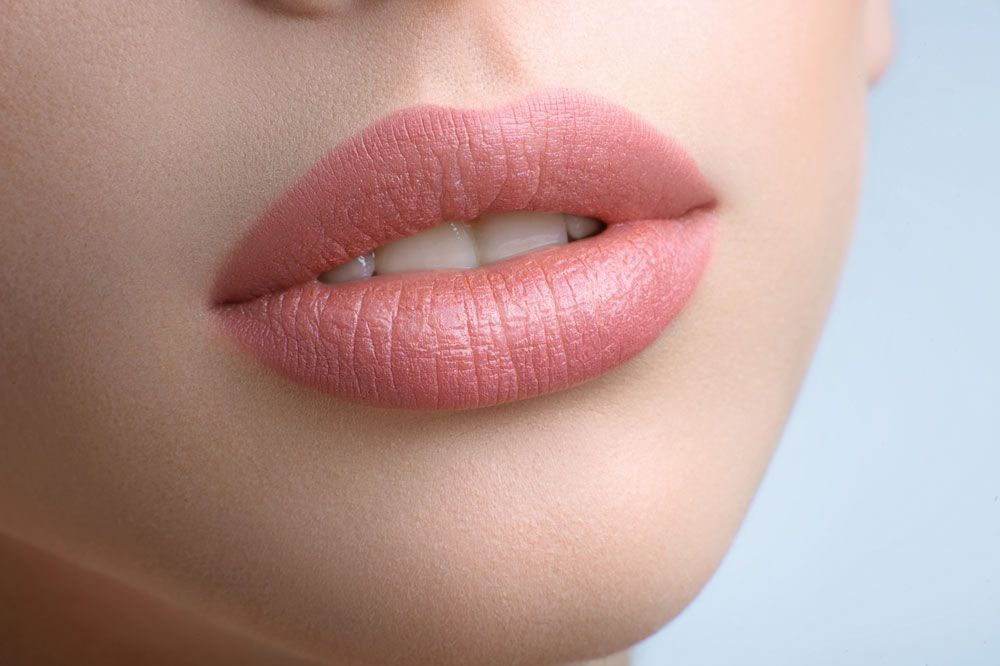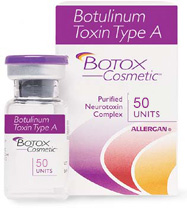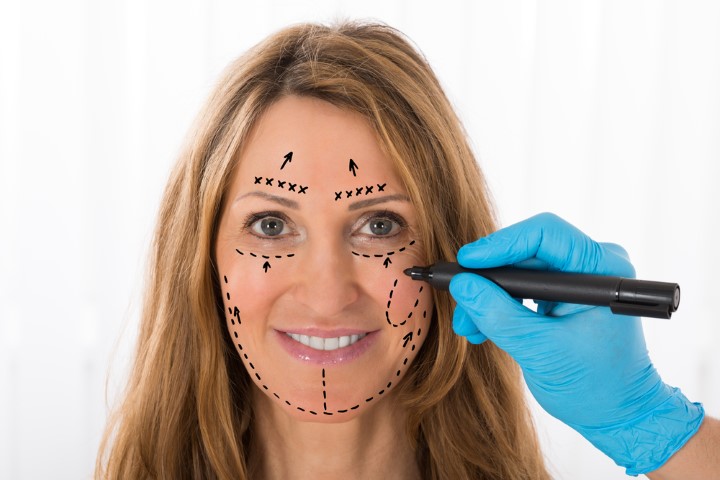
You can relieve fluid retention by applying a cold compression. It could be a damp washcloth or a chilled teaspoon. This can be done for up to 20 minutes. Tea bags can also help reduce fluid retention. Using a cold metal facial roller can also be very helpful.
Salt and sodium
Reduce salt intake and sodium may be helpful if you have fluid retention. Reduce sodium intake from processed and packaged foods. Drink plenty of water to eliminate excess sodium. The American Heart Association suggests that adults not consume more salt than 1,500mg per day. But, Americans consume twice as much.
Although there are several factors that can cause fluid retention under one eye, the most common one is a high salt intake. This condition can be caused by inadequate sleep, allergies, or hormone changes. Sodium is also found in processed foods, canned beans and fatty meats. High intakes of processed foods could also contribute to this condition.
Allergies
An allergy is the most common reason for swollen eyes. Angio-oedema is an allergic reaction that can lead to severe reactions. The condition causes swelling of the skin around the eye, which can cause itching and pain. It can also affect the skin around the eyes, the hands, and the feet. It can be triggered by an allergy or by infection. It can also be passed down from one generation to another.

If you have allergies, you may be allergic to certain foods, chemicals, or even pollen. You may also be allergic to dust or pet hair. While you can't always avoid allergies, avoiding them is the best solution.
Sun exposure
Limiting sun exposure is the best way to prevent sunburn and under-eye bags. The sun's UV-rays can be harmful to your skin. They cause the breakdown of collagen and elasticin. These proteins are important for skin structure and firmness. Long-term sun exposure can lead to skin dryness and sagging. This loss in elasticity can cause minor under-eye swelling.
Sun exposure can also lead to a condition known as photokeratitis, a temporary eye condition caused by exposure to the sun's ultraviolet rays. The cornea, which is the clear layer of tissue that covers the whites and inner eyelids, can be affected by this inflammation. High-altitude residents are more vulnerable to this problem. Living in high-altitude areas is more likely to be exposed to UV rays. They can cause temporary damage to the eye and may impair vision. UV-B Rays are not as harmful for the eyes, because they are absorbed in the ozone layer.
Blockage of tear tubes
Blockage of the tear ducts under one eye can be an uncomfortable condition, but it is easily treatable. These ducts can be opened with both surgical and nonsurgical procedures. To determine the best treatment for your problem, consult a doctor.
There are many treatment options available for blocked tear tubes depending on the cause. This may include surgery to clear the obstruction. You can also use protective eyewear and medications to treat blocked tear ducts.

Anaphylactic shock
Anaphylaxis can be a medical term that refers to an allergic reaction in which the body's immune response attacks an allergen. Anaphylaxis is a condition that can cause shortness, wheezing, and loss consciousness. It is a serious medical condition that needs immediate attention and treatment. About one in fifty Americans suffer from anaphylaxis. Some research indicates that the actual rate may be higher and could even reach one in twenty people. The allergen can cause symptoms within five to 30 min. Some cases may last longer.
Fluid can buildup in the body tissues and cause the eyes swelling when the immune system fails to function properly. Anaphylaxis is caused by allergies to foods, medications, or other reasons. An allergic reaction can cause wheezing and difficulty swallowing.